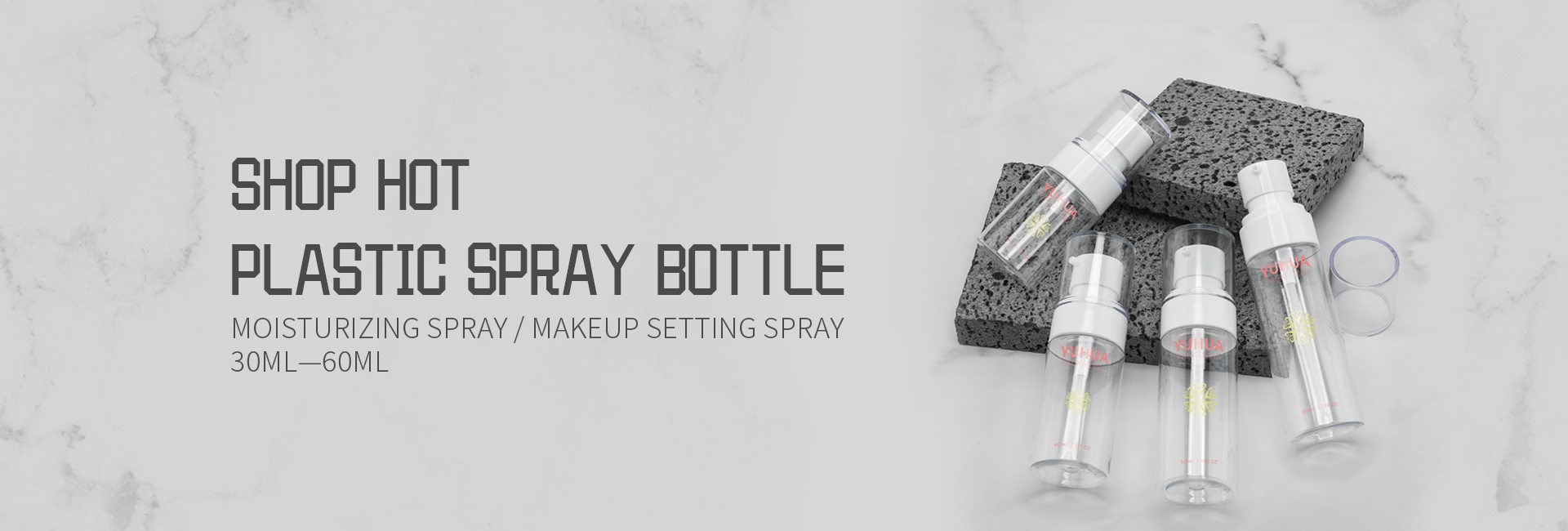How to distinguish between superior and inferior plastic bottles
1. Pigment and dye additives
One of the recently invented anti-counterfeiting technologies uses "color changing" pigments. These additives contain multi-layer polymeric light-reflective coatings, which are coated around a reflective aluminum chip, so that the color of the plastic changes with different viewing angles. The color change, such as from red to green, is caused by the angle of the light waves reflected from different pigment layers. Color-changing pigments make plastic consumer products produce significant aesthetic effects, and because these effects are not easy to be cloned, they also have anti-counterfeiting functions. One way to identify whether a plastic part comes from a genuine factory is to mix plastic bottles with pigments or dyes, and use a spectrometer to analyze the exposed parts and the ultraviolet region. Those pigments or dyes will show unique patterns. Even if the counterfeiters use extremely similar colors on their plastic products, they cannot obtain the same spectrum as the genuine product.
Color-changing pigments can be mixed into a variety of resins, such as pc, pp, hdpe, pet, abs, thermoplastic pu, cellulose acetate and pa12. The weight ratio of the color-changing pigment in the resin is usually between 0.2% and 0.4%, and can be processed by standard processes such as injection molding, extrusion blow molding, thermoforming, calendering, film extrusion, and in-mold decoration.
2. Particle identification
The original purpose of the development of the micro-marker was to help track the source of explosives in the event of an explosion, but it is now widely used to track and distinguish the authenticity of plastic products. The most typical particle identification is those that contain color bar patterns with specific distinguishing functions or polymer particles with special chemical components. These particles can be pre-mixed with thermoplastics before molding. Marked particles are often pre-mixed with plastic powder so that they can be used for molding or concentrated, and can be molded after being diluted during processing. The color bar micro-marks on plastic parts molded by injection molding, extrusion molding or rotational molding can be clearly distinguished by scanning with a microscope or pattern resolver. Some manufacturers make the logo fluorescent or magnetic, so that it can be easily distinguished by ultraviolet light or magnetic scanner.
The diameter of the small particles is less than 50 microns (equivalent to the size of bacteria), and the larger is about 600 microns (equivalent to the size of salt particles). These particles are inert materials, usually do not react chemically, and can withstand the high temperature during molding without being damaged. By changing the number, model and color combination on each particle or changing the chemical properties of the particle surface, millions of unique coding mixtures can be produced. Because the resin contains coded particles, the manufacturer and product information can be distinguished with special code reading equipment.

